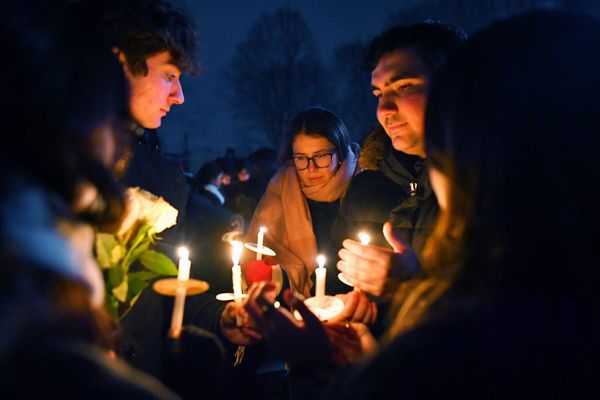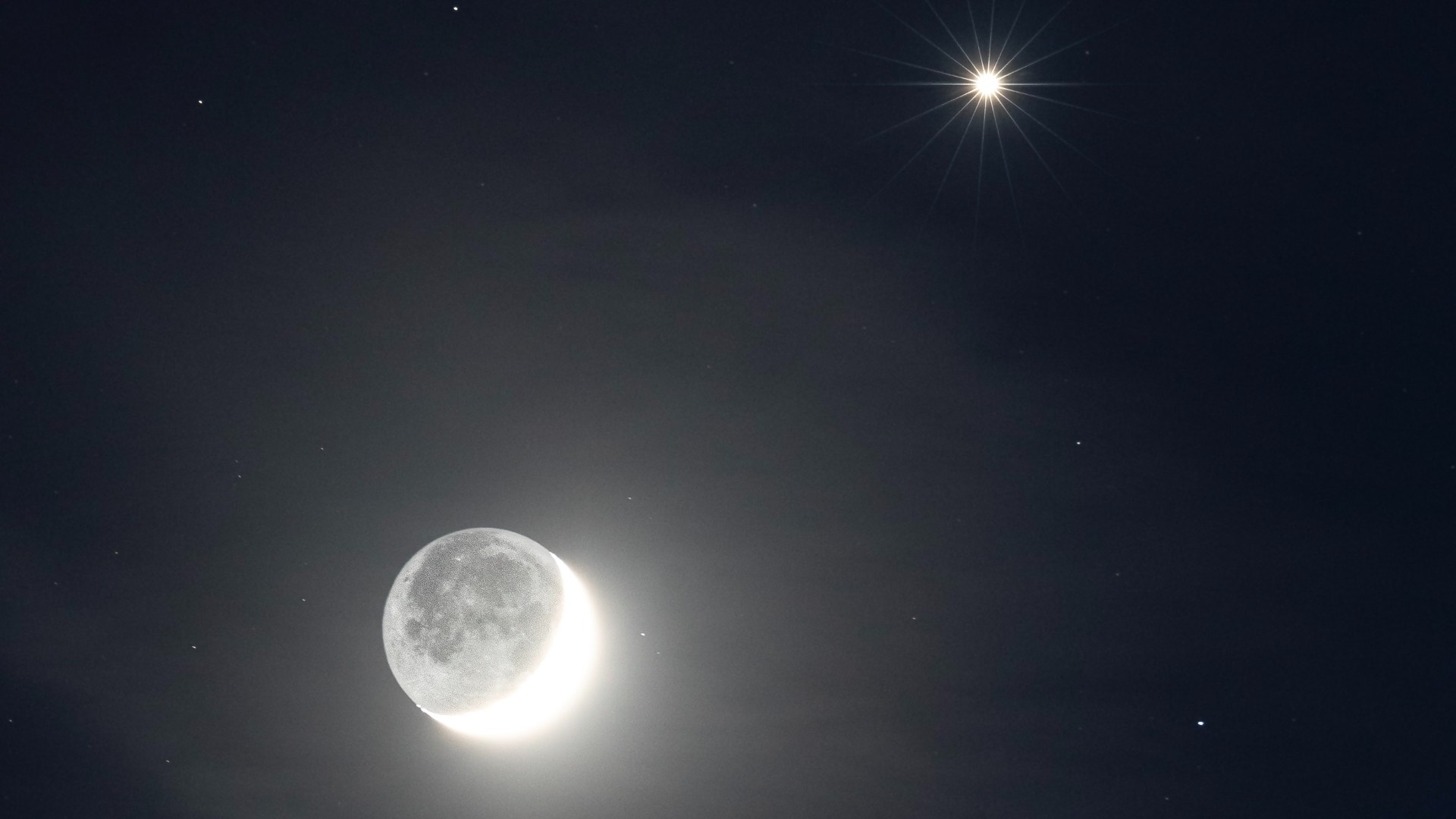
The moon and Venus put on quite a show for skywatchers around the world this week.
On Jan. 3, 2025, the "Evening Star" Venus and a waxing crescent moon crossed the night sky in an event known as a conjunction, where two objects share the same right ascension or celestial longitude. Both Venus and the moon appeared in the Aquarius constellation, separated by less than three degrees in the sky.
Venus is particularly bright in the night sky this month, outshining even Sirius, the brightest star. For observers at mid-northern latitudes, the planet remains visible for about four hours after sunset throughout January, making it an excellent time to observe Earth's "evil twin," as showcased in the stunning photos below.
Josh Dury caught this gorgeous photograph of the moon and a brilliant star-pointed Venus from The Mendip Hills in Somerset, U.K., around 5 p.m. local time on Jan. 3, 2025.
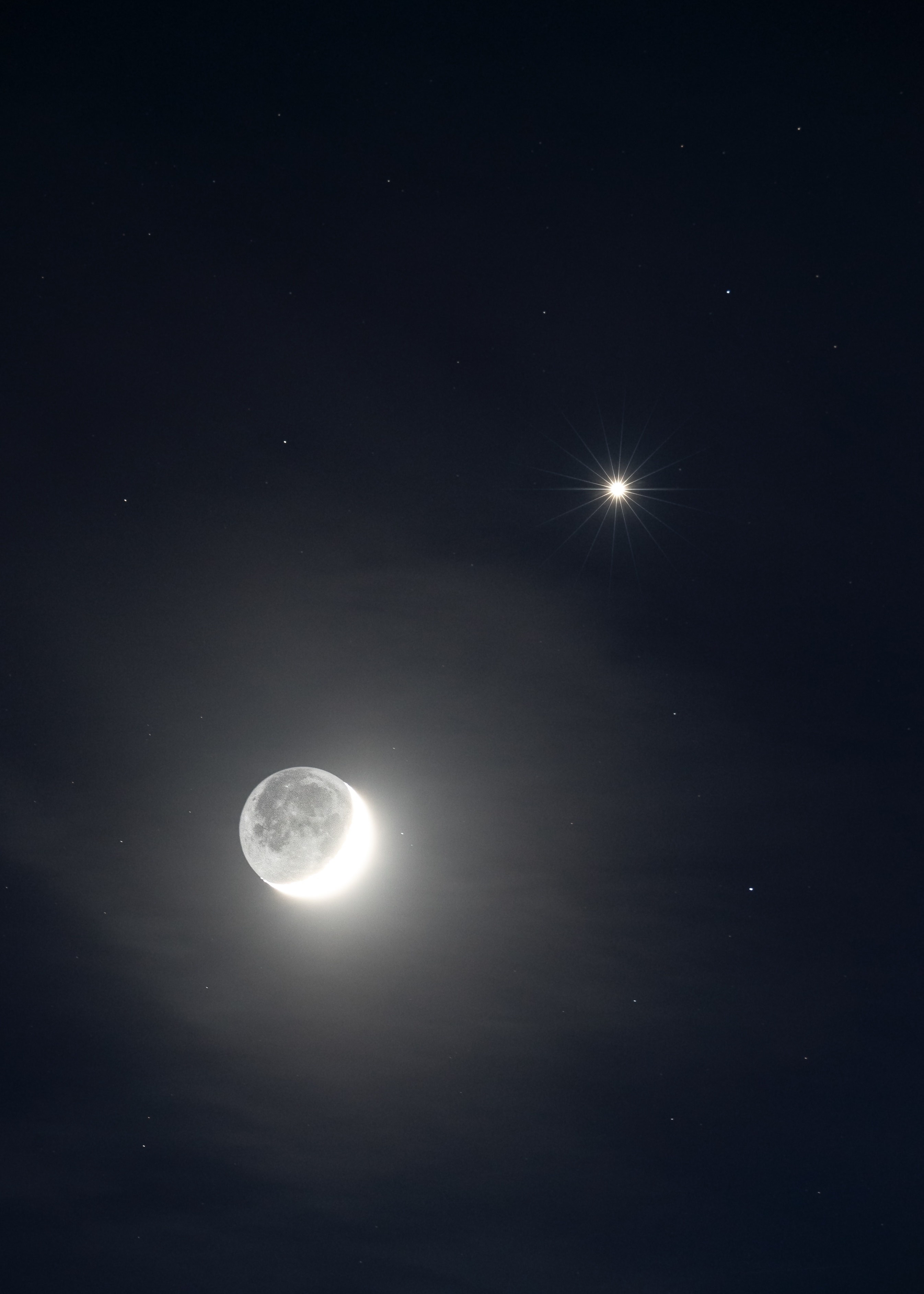
Meanwhile, Space.com writer Harry Bennett saw the pairing from the United Kingdom as the moon appeared as a thin sliver in the night sky.
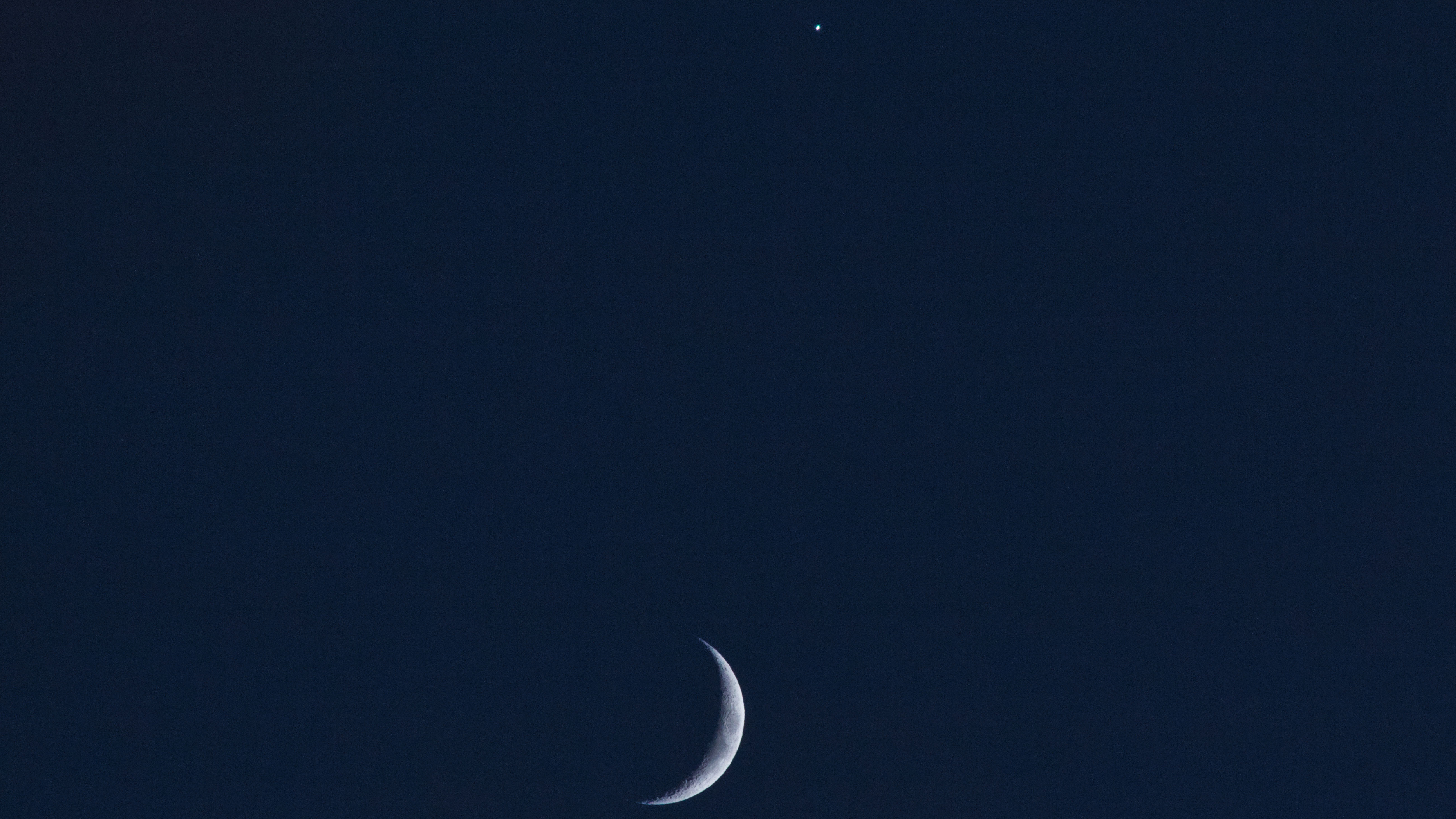
Astronomer Gianluca Masi of the Virtual Telescope Project caught the pair from his observatory in Manciano, Italy as Venus shone just above the moon.
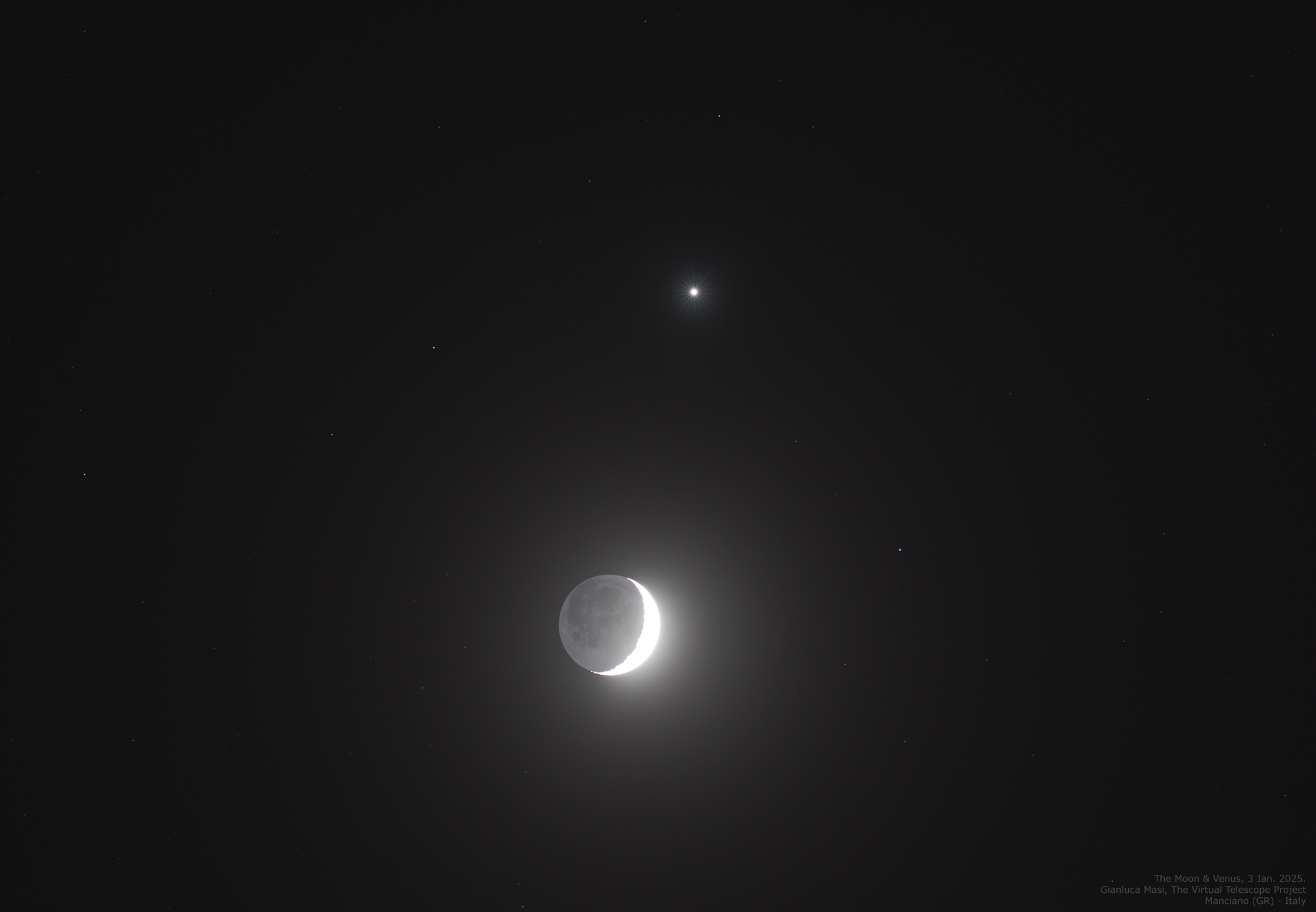
The moon and Venus were bright enough to stand out among brightly lit lanterns as seen from Yinchuan, in Northwest China's Ningxia Hui autonomous region.
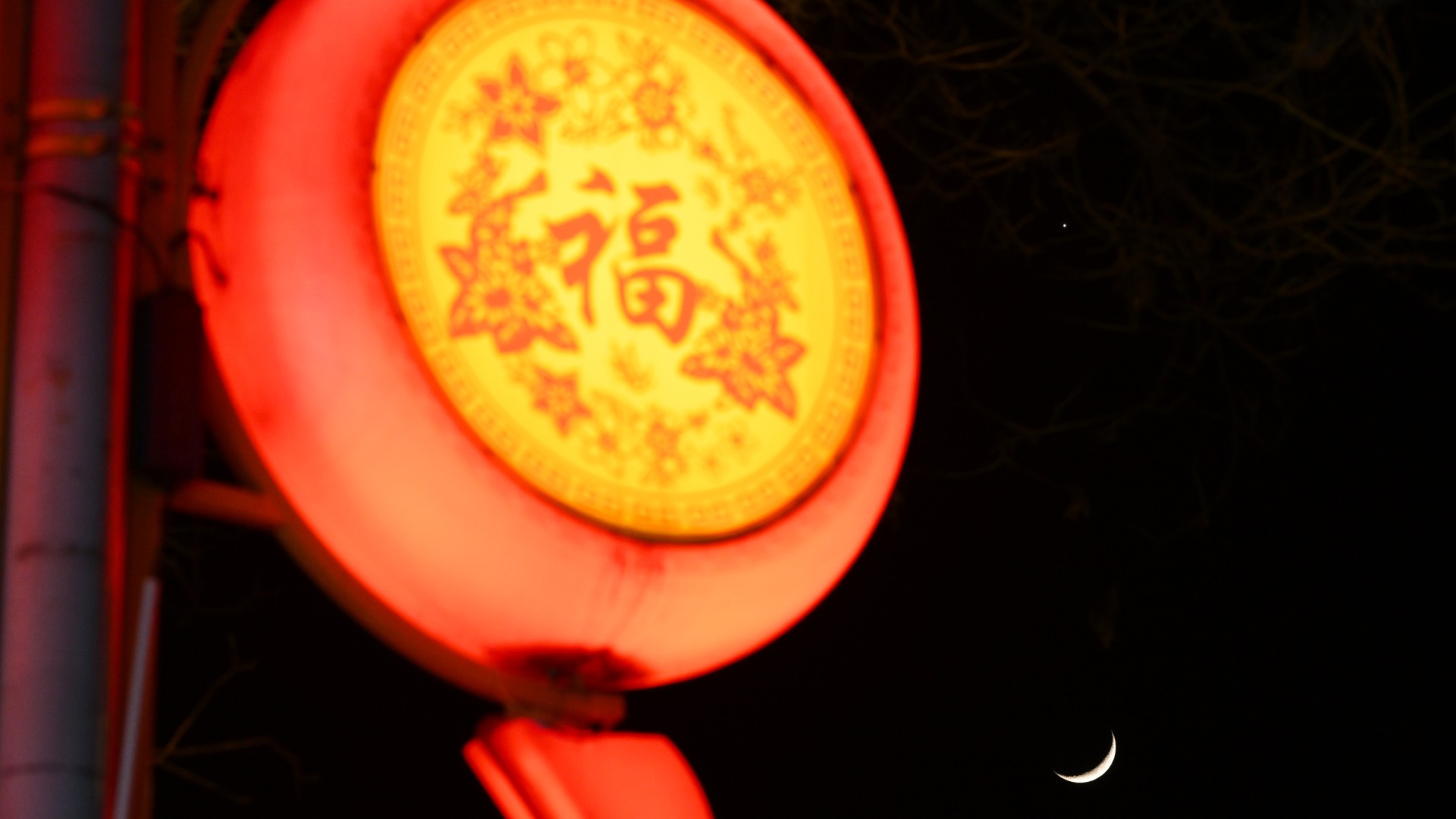
Photographer Thierry Monasse in northern France snapped the pairing as seen between trees at sunset, shining brightly enough to be seen as the sun was still lighting up the evening sky.
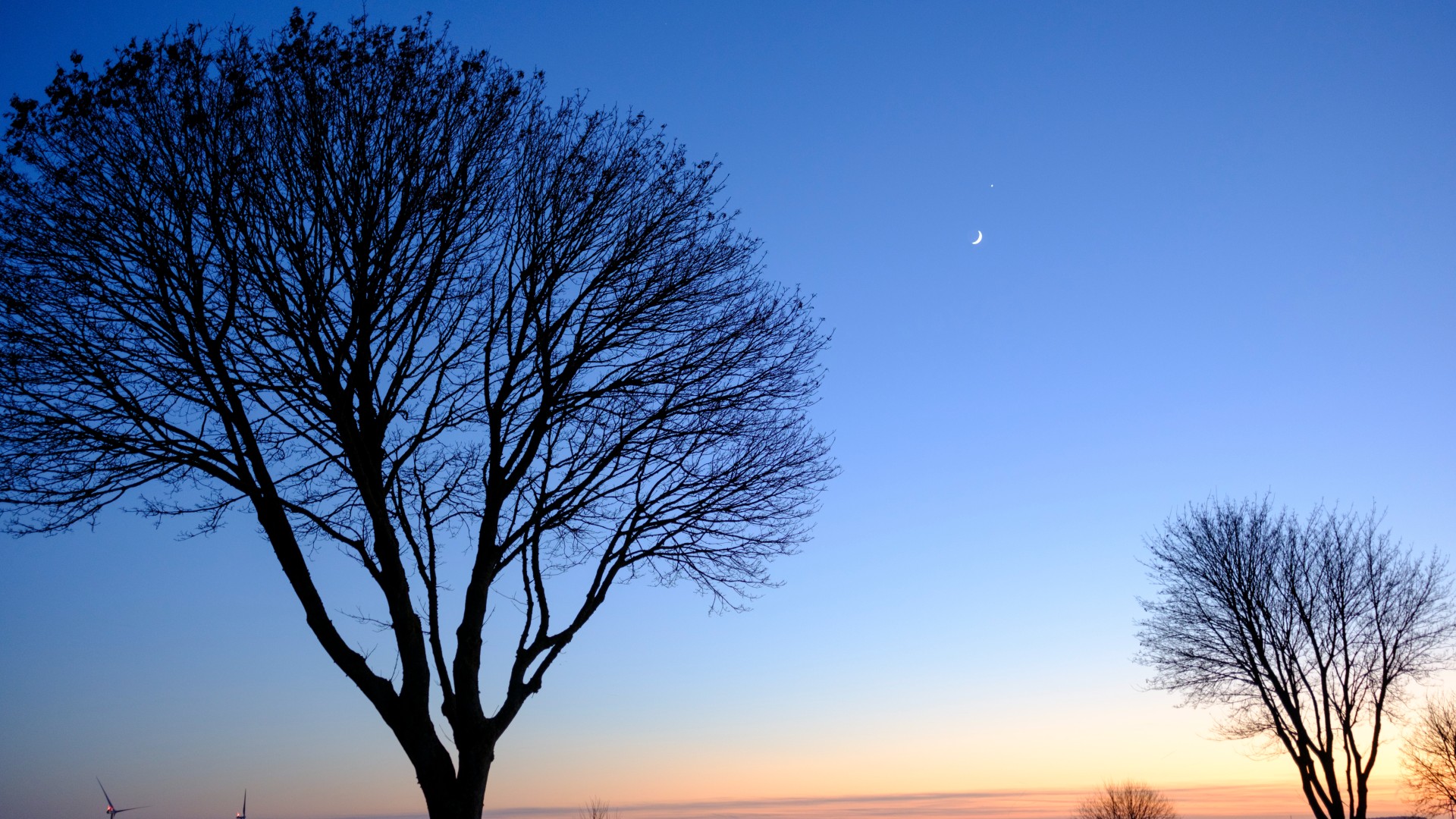
Rui Santos of Living Impressions Photography caught the pair shining above buildings in Leiria, Portugal.
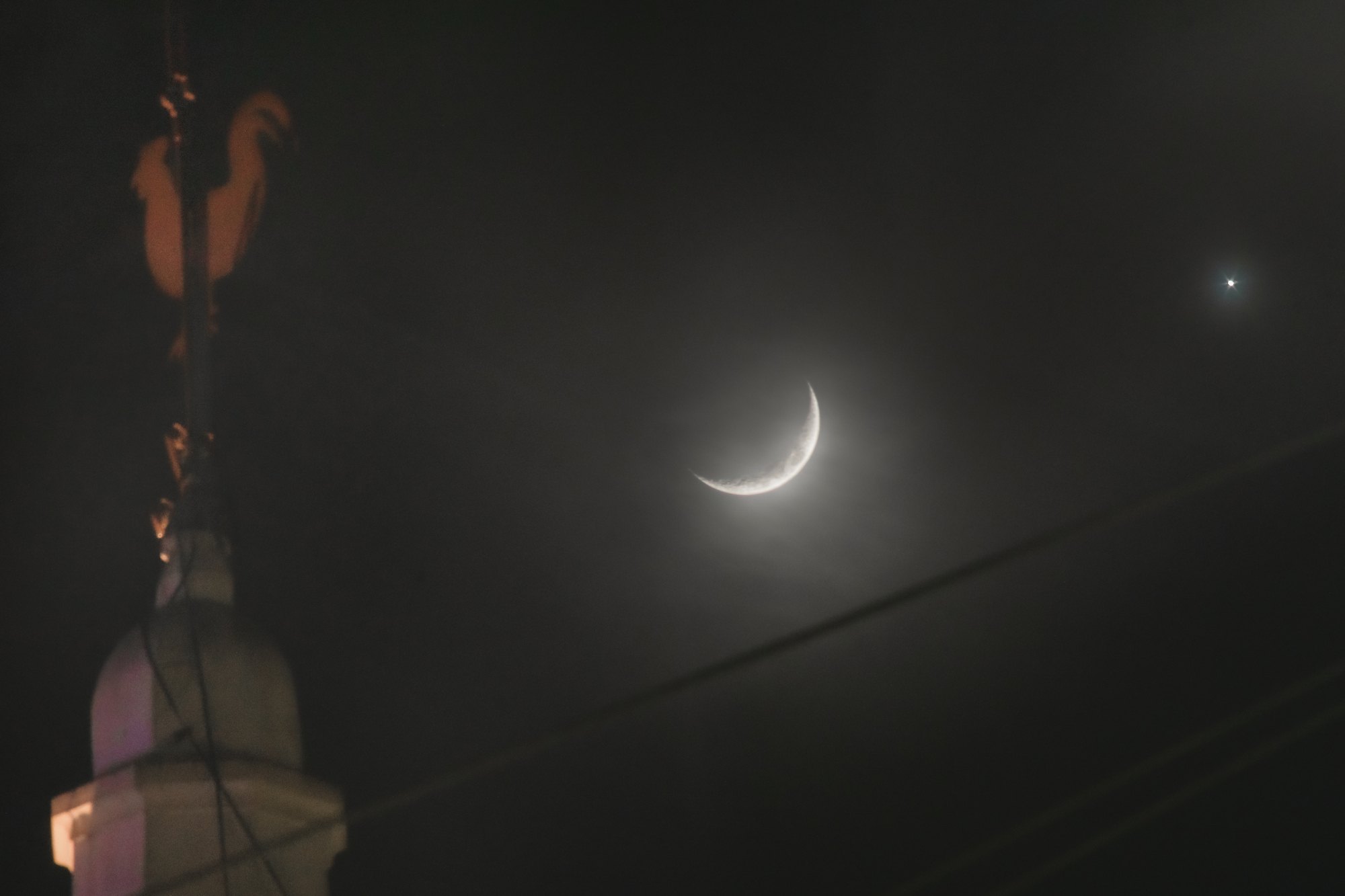
The U.S. National Park Service took to social media to share their own photo of the conjunction as it was seen above the National Museum of African American History and Culture in Washington D.C.
Last night's sky was a lovely sight. The Washington Monument was caught between the Moon and Venus, while the unique architecture of the Smithsonian's @NMAAHC glowed along #WashingtonDC's amazing skyline. We love these magical moments. pic.twitter.com/NdavEXS4B5January 3, 2025
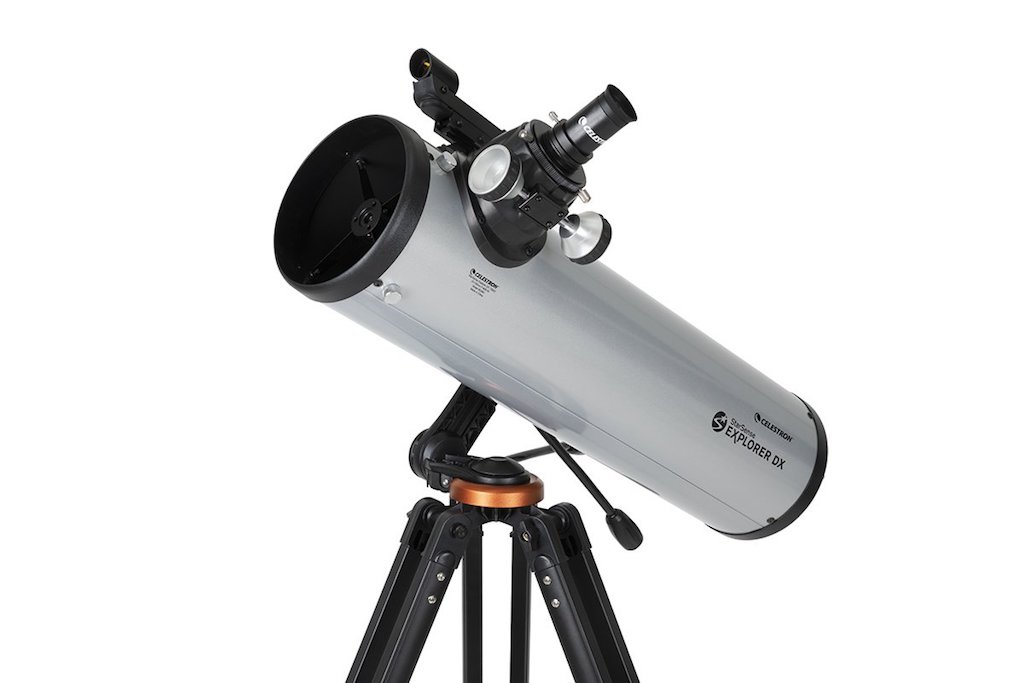
Looking for a telescope for the next night sky event? We recommend the Celestron StarSense Explorer DX 130AZ as the top pick for basic astrophotography in our best beginner's telescope guide.
Observing and appreciating the night sky requires no special equipment and is something people of all ages can enjoy. However, to get a closer and more detailed look at what's in the night sky, a telescope or binoculars will enhance the experience and bring some otherwise invisible objects into view.
If you want to try your own hand at taking photos of the night sky, our guides on the best cameras for astrophotography, and the best lenses for astrophotography can help you find what you need. Be sure to also read up on our guides on how to shoot the night sky, how to photograph the moon and how to photograph the planets.




